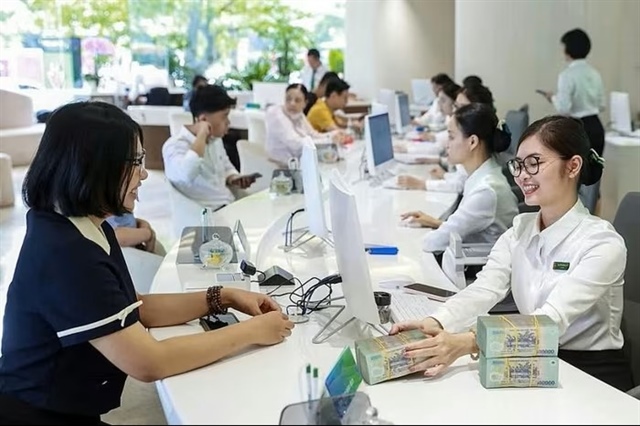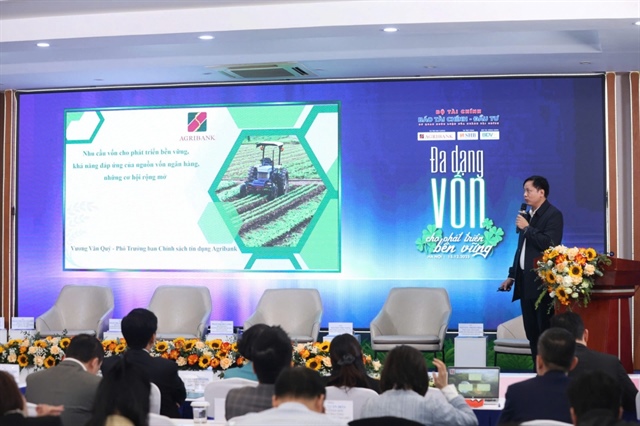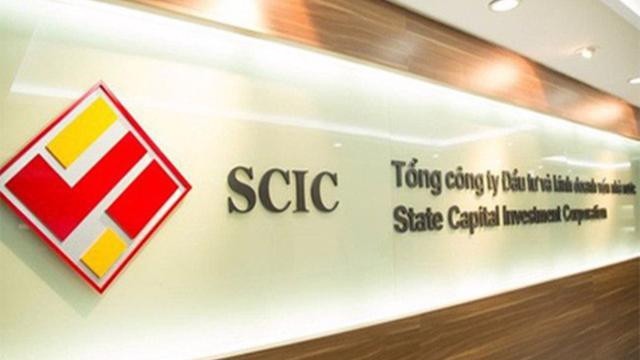12 percent credit growth rate proves to be unattainable
12 percent credit growth rate proves to be unattainable
Most commercial banks have reported the very slow outstanding loan growth, forecasting the 12 percent credit growth rate goal for 2013 is unfeasible.

The State Bank of Vietnam has announced the program on refinancing VND20-40 trillion to commercial banks, which would disburse to fund the purchases of houses for low income earners at the preferential interest rate of six percent per annum. Meanwhile, commercial banks have also launched the credit programs, reserving tens of trillions of dong to pump into the real estate sector.
Banks, one after another, have lowered their lending interest rates since the beginning of the year. ACB, for example, has offered the 11.5 percent per annum interest rate at the lowest, commencing from February 26.
The bank has also announced the credit limit of VND2 trillion for the program on providing loans to fund households’ and individuals’ business.
ACB’s General Director--Do Minh Toan, said on Dau tu that the bank hopes to see the mobilized capital increase by 20-30 percent and the outstanding loans increase by 15-20 percent. And in order to push up lending, ACB has been applying a credit policy with big preferences.
However, despite the easy conditions and preferences, Toan has admitted that it’s very difficult to push up lending.
OCB said it has been running the program on providing loans to help rice export companies collect rice from farmers. The bank plans to disburse VND2 trillion for the program, while it has disbursed VND1.5 trillion so far.
According to Pham Linh, a senior executive of OCB, the bank would still follow the policy to focus lending to exporters, believing that they are all the clients with great potentials, including the exporters who are seeking new markets.
Linh said since OCB can access foreign low-cost foreign sources, OCB would not only disburse money for the rice export sector, but it would also provide loans to rubber, pepper and cashew nut exporters as well.
Nevertheless, the banker has admitted that Vietnamese seemingly have not ready for medium and long term investments, which makes it difficult for the banks to push up lending.
Eximbank has also complained that it’s very difficult to stimulate the demand, even though the bank has lowered the lending interest rate.
Eximbank, for example, in 2012, ran a program on funding house purchases worth VND5 trillion. However, only several hundreds of billions of dong have been disbursed within the program so far, even though the interest rate is “reasonable,” at 12 percent.
Eximbank’s CEO Truong Van Phuoc said one should not expect to see the interest rates to decrease sharply. He believes that in case the inflation can be controlled well, the interest rate would decrease by no more than one percent further.
Phuoc believes that the deposit interest rates would be between 7 and 9 percent per annum, while the lending rate would hover around 10-12 percent.
Pham Linh agrees, saying that the interest rate may reduce by another 1-1.5 percent, and no more. Banks would not slash the interest rates more sharply, or they would not be able to cover the expenses. Meanwhile, businesses still think the current interest rates are overly high which cannot allow them to make profit.
A survey on banks’ business trends, conducted by the State Bank has found out that commercial banks don’t intend to pump big capital into the real estate sector, though the government, in Resolution 02, requests involved parties to create favorable conditions for real estate developers to access loans to clear their inventories, according to VnExpress.
vietnamnet




























